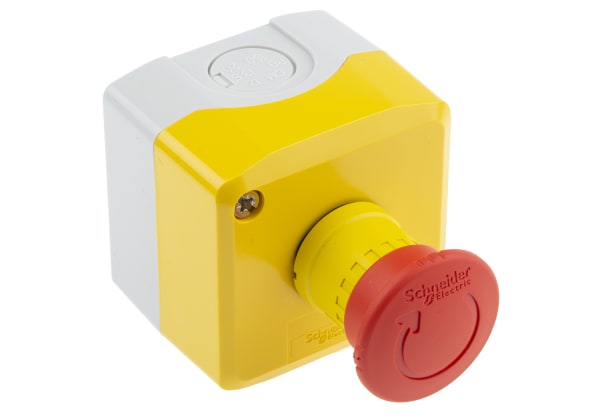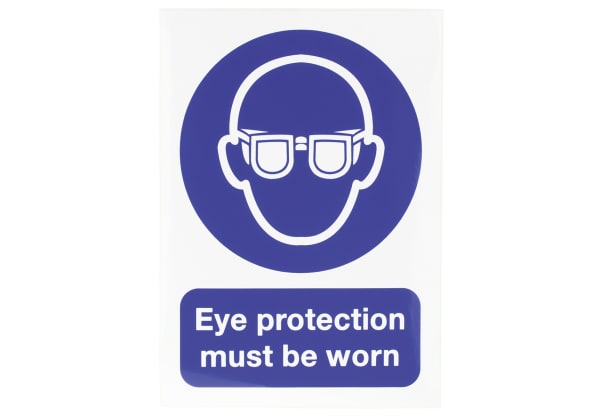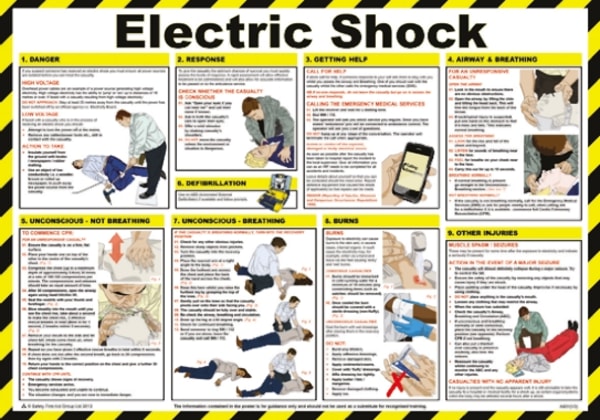- Published 19 May 2024
- Last Modified 19 May 2024
- 8 min
Industrial Workplace Safety Design
Workplaces should be safe, and good workplace safety design supports the well-being of the workforce while minimising risk. This guide explains how to design a workplace to be safe and the benefits of that, including enhanced productivity and reduced accidents.

Reviewed by David Carmichael, Solution Engineer (April 2024)
Workplaces should be made as safe as possible for employees, and that’s even more the case in industrial workplace design. Good workplace safety design supports the well-being and productivity of the workforce while minimising risks to workers. This guide examines the elements that go together to make a workplace safe and what the benefits are for companies and individuals. We also look at the future of workplace safety design.
Health and Safety in the Workplace
Health and safety is paramount in the workplace, but what law regulates health and safety in the workplace? The Health and Safety at Work Act 1974 is the primary piece of workplace health and safety legislation in the UK, while the Workplace (Health, Safety and Welfare) Regulations 1992 cover a wide range of basic health, safety, and welfare issues and apply to most workplaces.
Employers are legally obliged under health and safety regulations to ensure the health and safety of employees. Employers should do whatever is practical to ensure the welfare of staff. Doing so helps prevent absences, protects workers from risks arising on the job, helps make the workplace more productive and pleasant, and increases loyalty to the business. Workplace design and safety engineering can go a long way towards creating a good safety culture.
Workplace Design
Workplace design can help an employer to maximise employee well-being and workplace health and safety. Workplace design includes planning and designing a workspace to boost performance but also to create a safe environment where the health and wellbeing of workers is the number one priority. It considers several factors, including the following outlined below.
Design Safety
The design of the workplace should consider safety from the beginning. There are several key areas where good design makes all the difference to health and safety in the workplace, such as:
- Lighting. Good lighting prevents accidents. It also helps prevent eye strain. Employees should be able to see clearly when conducting tasks
- Ventilation. Ventilation systems should remove contaminants from the air. This can help reduce the risk of staff getting sick
- Temperature. In a factory, the temperature should be comfortable for employees, without extremes of hot or cold that make work unpleasant or even dangerous
- Noise. Industrial facilities may rely on noisy machinery, but noise that affects employees should stay at a minimum wherever possible. Workers in noisy areas should also be provided with suitable ear protection
- Cutting the risk of slips, trips, and falls. Workplace design should ensure cables are not left exposed, presenting a trip hazard
- Layouts. Industrial facilities should be designed so that layouts minimise health and safety risks. For example, there shouldn’t be overcrowding on walkways
- Fire safety. Workplace design should always include clear emergency exit routes in the event of fire. Fire safety equipment like fire extinguishers should be included in areas where there is a risk of a potential fire and must be used by qualified personnel only
Get under the surface of health and safety with the help of RS with this video.
Ergonomics
Ergonomics help minimise the risk of injury in the workplace. For example, lifting heavy objects is a major cause of workplace injury and ill health. Strains and sprains often result from lifting loads wrongly. When employees use ergonomic principles to lift objects safely, they are less likely to suffer back injuries.
Ergonomics and safety are closely interlinked. Ergonomics optimises safety, comfort, and productivity by reducing the physical strain on employees. It means designing the workplace, tools, and equipment to suit workers. Employers can design a workspace and provide equipment that creates a better health and safety culture and reduces the risk of injuries and fatigue. Designing ergonomically means putting the welfare of employees first and designing the workspace to fit the worker, not the other way around. It can even mean something as simple as mandating that employees take regular breaks or do stretching exercises.
Human Factors
Human factors are elements of individual or organisational working practices or the demands put on a person or persons, that can adversely influence health and safety in the workplace. For example, repeatedly asking someone to lift a load that is too heavy for them fails to consider their personal capabilities and safety since it risks injury. Equally, the mental demands of a task may be too much for one person, but another employee may be able to conduct the same task without a problem. Human factors consider what an individual is asked to do, their capabilities and attributes, and the working environment as a whole. Similar to ergonomics, it focuses on fitting the task to the employee in a way that optimises productivity, well-being, and safety.
Safety Engineering
Safety engineering is the process of designing a workplace so that it is safe. This is vital for preventing accidents in industrial environments where machinery, chemicals, or other factors present risks to workers. Safety risks should be identified at an industrial facility and ‘designed out’ as far as possible.
It’s important to start engineering for safety early on in the design process. Workplace design should consider how people will interface and interact with machinery, each other, and the environment. Does machinery require machine guarding or other safety measures? Can a piece of less hazardous equipment be used to perform a particular task just as well? If a hazardous process must be used, can it be enclosed to prevent exposure to employees? What are the temperature, lighting, noise, and atmospheric requirements needed to keep a facility safe? Are there systems in place in the event of a fire? How about backup power and water supplies for safety-critical equipment in the event of a loss of power? These are the types of questions posed by health and safety engineering specialists.

Safety Signage
Workplace design should include clear, visible, and easily understood safety signage. Health and safety signage highlights the correct procedures in the event of an emergency and draws attention to hazards and risks. Safety signage helps prevent accidents, injuries, and worse. Safety signage should be approved by authorities in the UK and compliant with international standards.
Workplace Safety Benefits
Creating an effective health and safety regime through optimised workplace design has many benefits. They include fewer staff absences and a lower rate of employee attrition, increased productivity because workers are more motivated and content, reduced costs due to reductions in employees taking sick leave, fewer accidents, and a better reputation for your business.
/IDEAS%20and%20ADVICES/Workwear/Additional%20Considerations%20For%20Work%20Clothes.jpg)
Universal Design
Accessibility is also an important element of workplace design. Universal design principles aim to make buildings as accessible as possible to people with disabilities and additional needs. Facilities that use universal design principles are broadly accessible and comfortable for usage by the widest possible range of people. This has health and safety benefits if people with additional needs are using the building.
A Safer Future
New technologies and ways of working pose new challenges for site safety, but also opportunities for making the workplace safer. For example, devices linked to the Industrial Internet of Things are already being used to detect toxic substances or sound alarms when workers are overstretched. However, such types of technology also present a potential risk when it comes to cybersecurity.
Robots are increasingly being used to conduct jobs at industrial facilities and in other environments that are hazardous or arduous for people. For example, robots are being used to clean up radioactive waste or operate underwater. Robots that can work alongside people – cobots – are now a reality, too. These robots can take over tasks that put a strain on the body of the employee as they work alongside them.
Wearable technology that keeps employees safe is likely to become more commonplace. Hard hats will feature sensors that prevent collisions, and smartwatches can already relay health and safety stats to employers. Health and safety regulations and workplace health and safety policy are also likely to evolve and become more sophisticated as the workplace changes and new forms of technology become more mainstream.
However, although automation may make workplaces safer, it also poses risks. Increased digitalisation will mean new types of human-machine interfaces and open up new vectors for cyberattacks, which will need to be considered in any health and safety assessment.
Whatever the future holds, good workplace safety design will continue to be essential to creating environments where hazards are minimised – and productivity and employee well-being are maximised.
Learn more about safety standards in industrial maintenance with RS.


